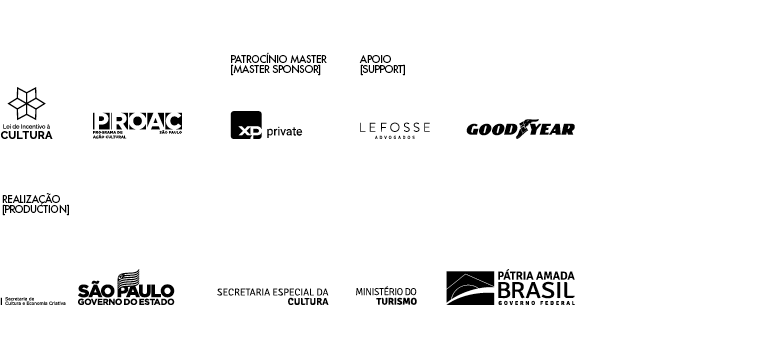Following
Beatriz Milhazes: Avenida Paulista, the largest exhibition to date on the artist, co-organized by MASP and Itaú Cultural, this exhibition presents a selection of 16 small scaled paintings. The renewed exhibition display evokes two classic European models of collection and exhibition: the cabinet of curiosities, which emerged in the 17th century, and the
Salon style, in the 18th century.
The work of Beatriz Milhazes (Rio de Janeiro, 1960) is one of the most original painting projects in Brazil and in the world today. The artist works with a complex repertoire of images associated with different motifs, origins and sources. Oscillating between abstraction and figuration, geometry and free form, her compositions are dense, multi-colored and literally covered in layers — of colors, paints and meanings.
This concise selection features works made between 1989 and 2020, covering almost her entire career. 1989 is a turning point in Milhazes’ work, as it was when she developed the technique she called “monotransfer”, in which she paints on a transparent plastic sheet and then transfers or glues the painted and dry element onto the canvas — one of these plastics is displayed in the vitrine in this room. Known for her paintings in large scale formats and projects on an architectural scale, Milhazes also pays special attention to her smaller canvases: in them, the forms, elements and compositions assume na extraordinary detail that call to be looked up close.
The title of this exhibition refers to the cabinets of curiosities, rooms that emerged in the 17th century in which a variety of paintings, objects, documents and other relics were collected and exhibited. Such spaces, generally of relatively small dimensions, showed an accumulation of many pieces, and would later give rise to what we know today as the museum. In the Beatriz Milhazes cabinet, the canvases are installed quite close to one another on a single wall, in a deliberate concentration, accentuated by the emptiness of the other surfaces. The setup also evokes the
Salon style, characteristic of 18th- and 19th-century art salons where many works were displayed side by side. The installation puts together a kind of landscape in fragments that is composed of the artist’s works on a blue background, the color that dominates the architecture.
A vitrine with 87 documents presents yet another accumulation of small objects against a blue background — invitations, folders, catalogs, artist’s books, magazines, cards, among others —, which spans Milhazes’ entire career, from his first shows in the 1980s to the most recente one,
Avenida Paulista.
Two other works from the previous exhibition complement this one and remain in the
Picture Gallery in Transformation, a space dedicated to the museum’s collection on the second floor of the building: the painting
Avenida Paulista (2020), gifted by Milhazes to MASP, as well as the sculpture
Marola (2010-15), on a long-term loan from the artist to the institution.
The Beatriz Milhazes Cabinet is yet another opportunity to discover the complex, multifaceted and unique work of Beatriz Milhazes, one of the most significant artists on the Brazilian and international scene in the 21st century, now in a more intimate, focused manner.
CURATED BY Adriano Pedrosa, artistic director, MASP, and Amanda Carneiro, assistant curator, MASP
